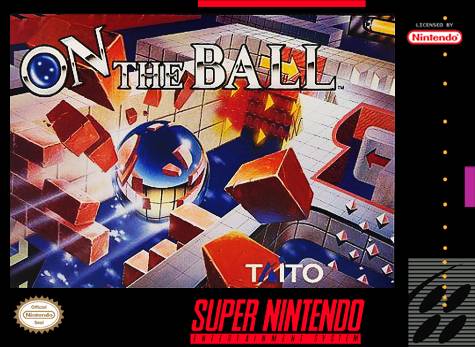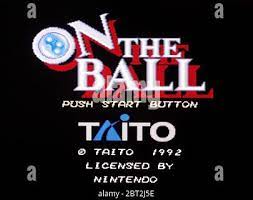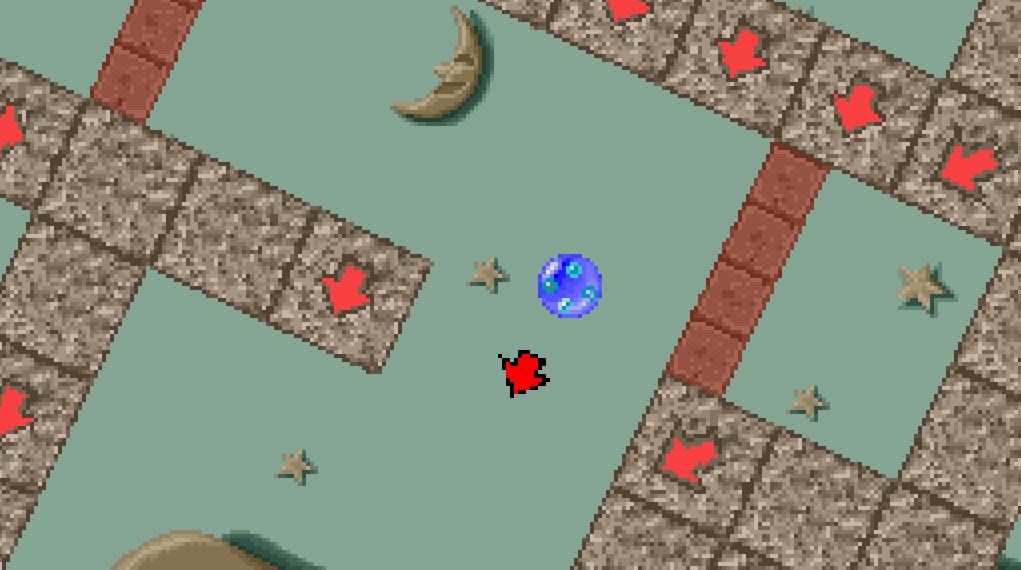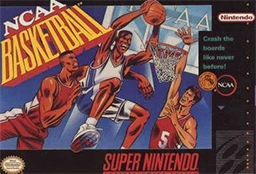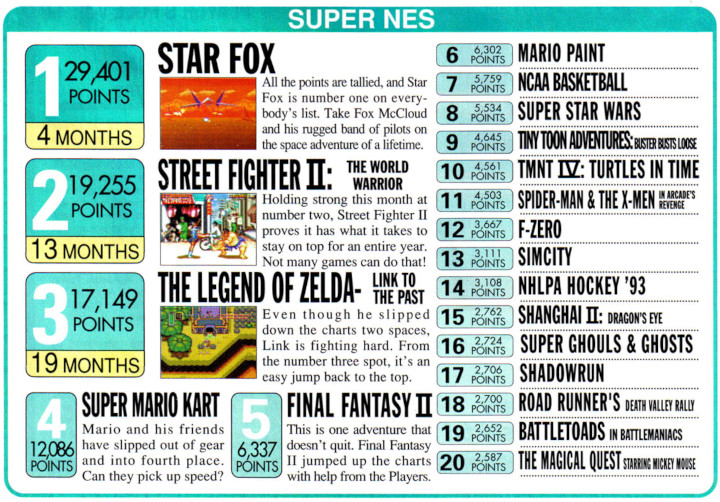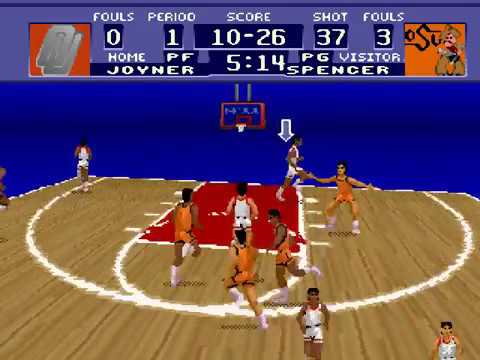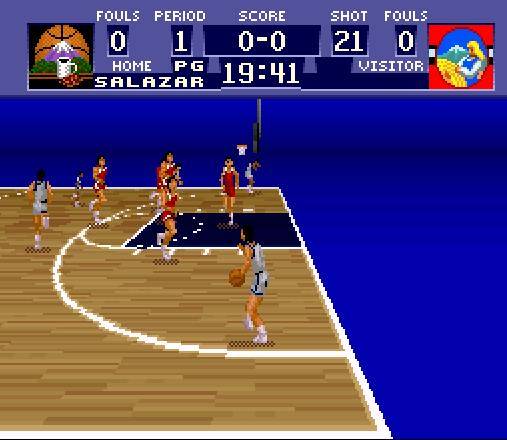Publisher: Taito
Background
So apparently this started as a very popular Japanese arcade game known as Cameltry that was released in 1989. and hopped out of the arcade onto Japanese PC systems such as the Sharp and FM Towns. As an SNES port, the only neat factoid is that it was developed to be used with the SNES Mouse.
Gameplay
The game is very similar to the aforementioned minigame from Sonic, in which sonic starts at one side of a pinball maze and must make it to the exit while raking up as many points as possible. In this game, you play as a pinball, and the goal is similar: in a series of about 6-8 stages, make it through a series of mazes to the exit before your overall time runs out. Any time you save from the earlier stages gets banked for the later stages.
To navigate through the stage, you control the stage itself rather than the ball. You rotate the stage around the ball, thus shifting the gravity and causing the ball to fall in the direction that you want. Due to the fact that you have no direct control over the ball, the game plays like the inverse of pinball: you aren't trying to keep a ball bouncing around the stage, but instead you want to avoid the ball touching anything so it doesn't eat up time by bouncing around.
The game adds hazards to each stage, such as breakable walls that require you to build momentum to bash through them, and penalty bumpers which eat seconds off your overall clock. If you ever can't make it to the end of a stage before the timer runs out, the game plays a "lottery" where it will pick a lucky number for you, and if the slot machine stops on that number then you get 20 more seconds to finish the level.
There are four different circuits that you can choose from, from a practice circuit being the easiest on up to Special circuit being "extremely difficult." The difficulty seems to come from making the stages more and more maze like, and increasing the number of breakable walls and penalty bouncers. Some of the later stages definitely feel like weaving through a pinball table, as the number of bouncers can get intense.
My favorite part of this game is when you clear one of the rounds, and you get this wistful and sweet ending card of the ball free of the maze and at a vacation destination. The first was the ball on a cliff looking over the sea with a beautiful sunset.
Music
Again there just isn't that much here!
Overall Verdict
Overall, this game is very slight; I beat it in about 20 minutes. It feels a bit more expensive than it should be: about 15 bucks for a loose cartridge. This feels like a mini-game stretched into a full product, and there just isn't enough here to warrant a replay much less a purchase.

